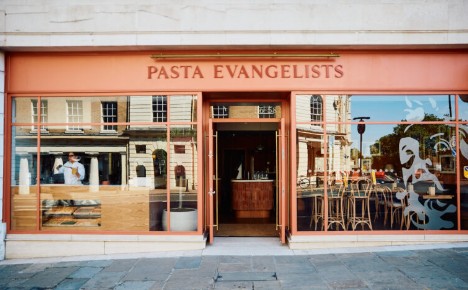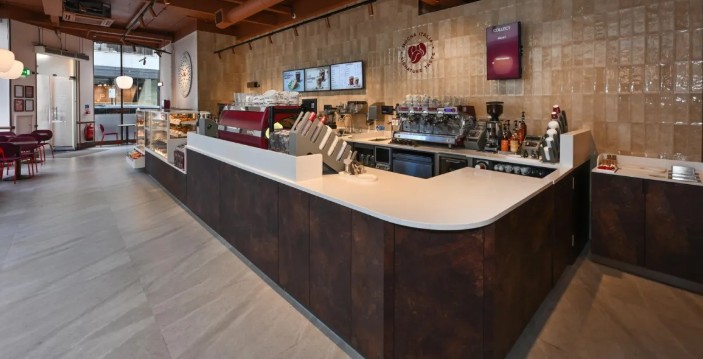A growing desire for in-store experiences
Before having children I could not understand why anybody would choose to have a takeaway from a local restaurant when for the same money you could enjoy the experience of dining in the venue. It made for a proper night out and seemed a no-brainer. That was until we had to factor in the faff and cost of a babysitter and it was suddenly more sensible to go for the eat-at-home option.
Now that my two children are older the takeaway option is again off the menu – they can either come with my wife and me to the restaurant or stay at home (and cook their own dinner). Funnily enough they never go for the latter option. Their decisions are also impacted by my having made it a life’s mission to teach them both to love visiting restaurants and I’m pleased to say I reckon I’ve pretty much succeeded. There has been a price to pay but it’s been worth it.
Pasta Evangelists is putting a price of £30m on the dining-in option. It has recently announced it is to invest this hefty sum on new restaurants that will be focused on providing dining rooms as it shifts the focus further away from its beginnings as a takeaway and delivery business. Half of the venues it plans to open will come from “flipping” its dark kitchens, which highlights its changing business model.
Finn Lagun, co-founder of Pasta Evangelists, says: “If you are just doing delivery only, you can obviously only be making delivery-only cash. But if you dine in as well, you get the dine-in cash, alcohol sales and offer our events like pasta-making experiences, which are very high margin.”
Dark kitchens and delivery-only models for restaurants have passed their peak and the major delivery firms are instead increasingly focusing their efforts on the burgeoning grocery sector and high-growth quick-commerce offerings. They have also been developing white-label solutions that are a sign they’ve had to loosen their stranglehold on the customer relationship and give some ground to the restaurants.
Against this backdrop there is a growing sense of many hospitality firms reaching a crossroads with their strategies. Do they continue with their predominantly delivery models, with modest dine-in, or do they commit to delivering a richer experience within physical premises. There is an interesting battle just commencing in the US where China-based Luckin Coffee has recently opened a unit in New York City where it is going up against Starbucks.
Luckin Coffee regards itself as a technology company and has replicated the model it has perfected in China where orders have to be made via its app and the stores are mainly for takeaway and collection, with limited (uncomfortable) seating available to visitors. In contrast, Starbucks is to close up to 90 mobile stores that have no seating and were designed for picking up mobile orders only.
In tandem with this, Starbucks is investing $150,000 on other stores to add in comfortable seating and encourage people to enjoy the experience. In the three months to June these changes delivered a 5% year-on-year increase in visitors who stayed longer than 30 minutes. They no doubt spent more money and left with positive thoughts about Starbucks.
The company has stated: “We’re doubling down on what customers have always loved about Starbucks – a warm and welcoming coffee house with high-quality beverages crafted by a skilled barista.” Luckin Coffee, however, will be out to prove its experience-lite model has a place in Manhattan and potentially other territories.
Back in the UK, the Costa coffee brand has recognised its future also lies in looking after customers in-store. Costa has recently enjoyed plaudits for a newly-designed Great Portland Street shop in London that opened in July. Its owners, Coca-Cola, have recognised that this business is very much weighted towards its cafés having concluded efforts to boost the Costa Express format and at-home proposition have not delivered the required revenues for the US parent company. Coca-Cola does not relish the prospect of doubling down on the Costa stores and the business now has a “for sale” sign hoisted above it.
Other hospitality businesses will also have to work out which aspect of their organisations most justifies the commitment of investment. While delivery and digital have obviously made a serious mark, and continue to impact the hospitality industry, there is evidence to suggest a growing appetite among consumers for experiences in stores and in dining rooms. It’s certainly something my children will firmly join me in vouching for.
Glynn Davis, editor, Retail Insider
This piece was originally published on Propel Info where Glynn Davis writes a regular Friday opinion piece. Retail Insider would like to thank Propel for allowing the reproduction of this column.


